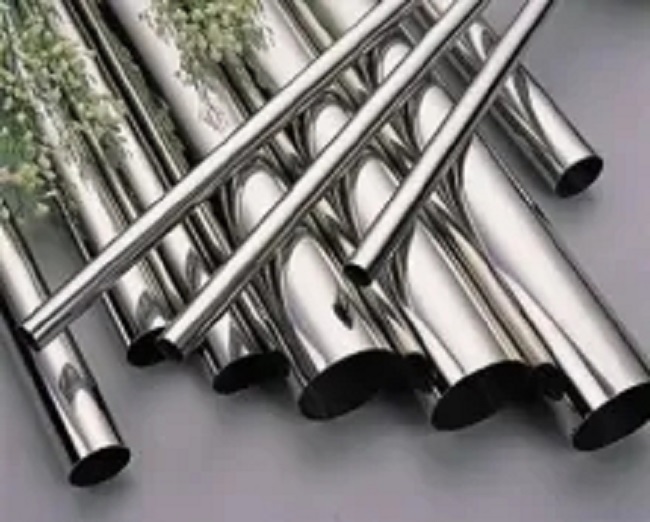
Privacy statement: Your privacy is very important to Us. Our company promises not to disclose your personal information to any external company with out your explicit permission.
The classification and performance of stainless steel grades can be divided into Cr series (400 series), Cr-Ni series (300 series), Cr-Mn-Ni (200 series) and precipitation hardening series (600 series) according to the composition.
200 Series: Chromium-nickel-manganese austenitic stainless steels.
300 series: chromium-nickel austenitic stainless steel 301, with good ductility, used for forming products, and can also be rapidly hardened by machining, with good weldability, wear resistance and fatigue strength better than 304 stainless steel.
302: The corrosion resistance is the same as that of 304, and the strength is better due to the relatively high carbon content.
303: It is easier to cut than 304 by adding a small amount of sulfur and phosphorus.
304: 18/8 stainless steel, GB grade is 0Cr18Ni9.
309: Compared with 304, it has better temperature resistance.
316: After 304, the second most widely used steel grade, mainly used in the food industry, pharmaceutical industry and surgical equipment, adding molybdenum element to obtain a special structure of anti-corrosion. It is also used as "marine steel" because of its better resistance to oxide corrosion than 304. SS316 is usually used in nuclear fuel recovery units.
Grade 18/10 stainless steels generally also meet this application level.
Stainless Steel Bucket Model 321: Similar in properties to 304 except that the addition of titanium reduces the risk of material weld corrosion. 400 Series: Ferritic and martensitic stainless steels.
408: Good heat resistance, weak corrosion resistance, 11% Cr, 8% Ni.
409: The cheapest model (British and American), usually used as a car exhaust pipe, is a ferritic stainless steel (chrome steel).
410: Martensite (high-strength chromium steel), good wear resistance, poor corrosion resistance.
416: The addition of sulfur improves the processing properties of the material.
420: "cutting grade" martensitic steel, the earliest stainless steel similar to Brinell high chromium steel. Used for surgical tools, can do very bright.
430: Ferritic stainless steel, used for decoration, such as for car accessories. Good formability, but poor temperature resistance and corrosion resistance.
440: High-strength cutting tool steel with slightly higher carbon content. After proper heat treatment, a higher yield strength can be obtained, and the hardness can reach 58HRC, which is one of the hardest stainless steels. The most common application example is "razor blades".
There are three commonly used models: A, 440 B, 440C, and 440F (easy to process).
500 Series: Heat-resistant chromium alloy steel.
600 Series: Martensitic precipitation hardening stainless steel.
Stainless steel 630: The most commonly used type of precipitation hardening stainless steel, usually also called 17-4; 17%Cr, 4%Ni.
3 series stainless steel is austenitic stainless steel, ferritic stainless steel is 4 series, 430 is the most representative steel, commonly known as stainless steel.

November 09, 2024
October 25, 2024
Contactar proveedor
November 09, 2024
October 25, 2024
July 14, 2022
July 13, 2022

Privacy statement: Your privacy is very important to Us. Our company promises not to disclose your personal information to any external company with out your explicit permission.

Fill in more information so that we can get in touch with you faster
Privacy statement: Your privacy is very important to Us. Our company promises not to disclose your personal information to any external company with out your explicit permission.